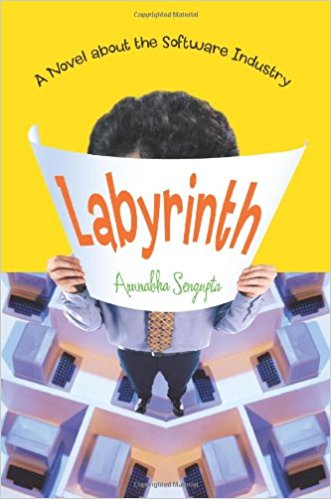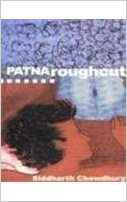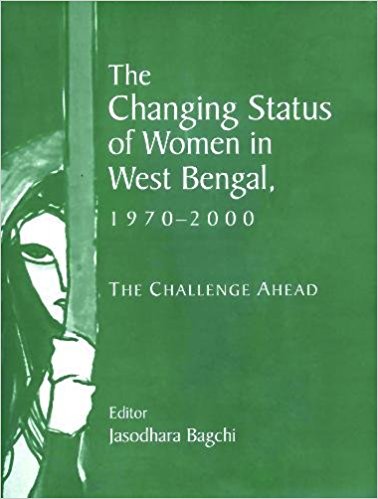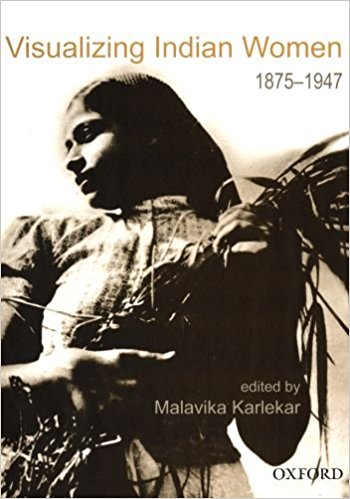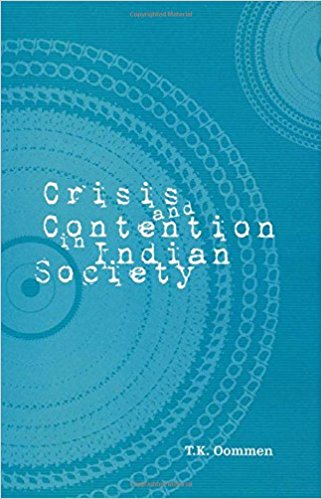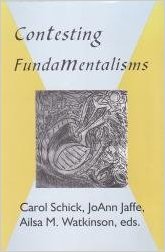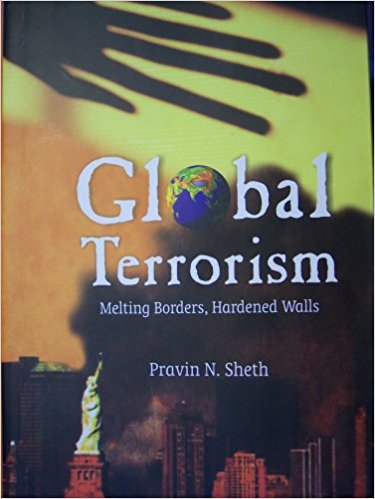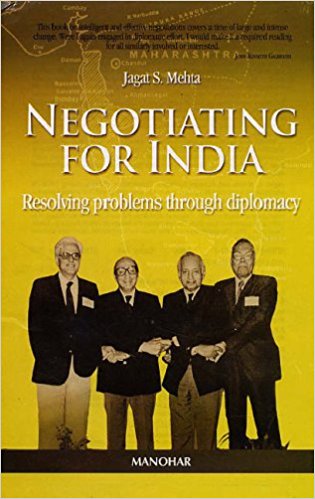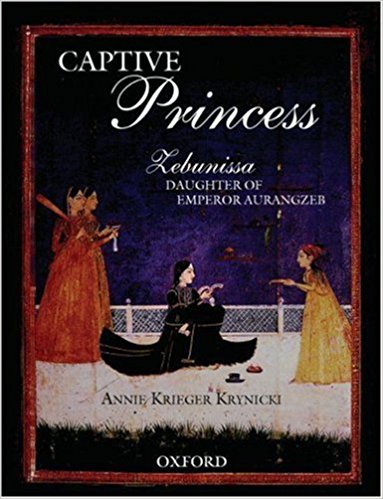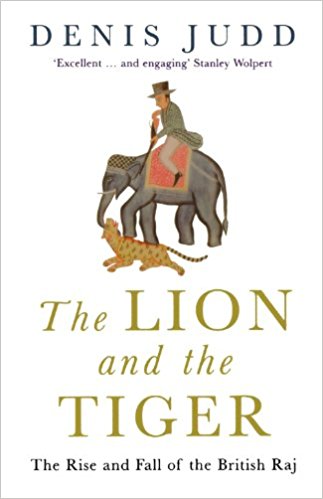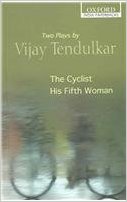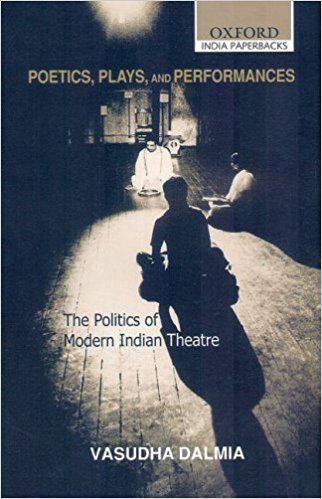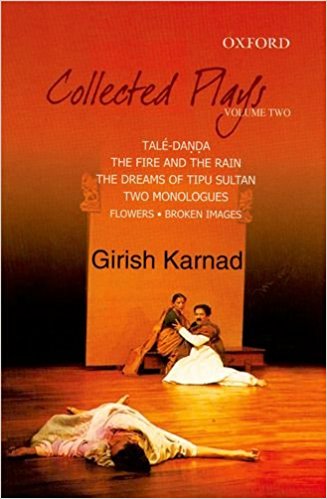This is a short book on a very long and tumultuous period of Indian history and Judd is ambitious in tracing the rise and fall of the East India Company rule and the subsequent British Raj in this summary fashion. However, this concise account is written in the best traditions of popular history and is aimed, one would surmise, primarily at the general reader rather than an academic audience per se.
Archives
July 2006 . VOLUME 30, NUMBER 7Arunabha Sengupta’s novel Labyrinth is set during the years of the computer boom, when hundreds of young Indians found work on the Y2K problem. It gives a vivid picture of their life in a huge software company, interwoven with a tale of young love. In some respects, it parallels Chetan Bhagat’s bestselling novel, Five Point Someone: What not to do at IIT (published last year).
Editorial
“Trinidad was small , remote and unimportant, and we knew we could not hope to read in books of the life we saw about us”. Replace ‘Trinidad’ with ‘Patna’ in that statement by Naipaul, and that is precisely what we felt a generation ago growing up there. Patna was not all that small or remote – capital of a large state before it was truncated, prominently paced in the railway as well the river map of India.
Editorial
Jack and Jill/ Went up the hill/ To fetch a pail of water/ Jack fell down/ And broke his crown/ And Jill came tumbling after. As a little girl I always wondered why Jill lost her cool when Jack fell down and broke his crown! Did she tumble down out of mere empathy? She could very well have run after him and nursed his wounds. Why tumble down? Now, of course, I understand that the whole idea of ‘tumbling after’ can be traced back to the other orientedness of girls/women all the world over.
Editorial
This report on the changing status of women in West Bengal covering a period of thirty years from 1970-2000 is a very commendable effort and worth duplicating for other states. The report has the usual canvas assessing women’s development indicators and the gender gap in health, nutrition, education, economic empowerment, political participation but with additional explorations into law and violence and women’s production of cultural capital.
Editorial
Archiving of photographs, as well as the importance of the photo archive in the writing of social history has had a late start in India. For feminist scholars of history, the difficulties of finding sources that will enable them to reconstruct aspects of history in a gender sensitive rewriting of the past have been acute, as surviving sources have margina-lized women.
Editorial
Looking at India since Independence in 1947, we are confronted with a situation of multi-dimensional change involving the restructuring of its polity, economy, and socio-cultural organization. India seems always to be a country in the making. This is how things should be; it is proof of vigour and vitality.
Editorial
The volume under review is a product of the intense debate on fundamentalism generated by the events of 9/11 in the US. Written by a group of scholars from Canada, its aim is to analyse not only “Islamic fundamentalism” to which much attention has been devoted, but to go beyond and to explore the meaning of fundamentalism so as to give it theoretical precision; and second, to work towards a project for contesting the claims of fundamentalism.
Editorial
It was in the late 80s and early 90s that acts of terror started drawing global attention. Incidents like bombing the World Trade Center in New York in 2001, the Aum Shinrikyo attack of the Tokyo subway in 1995, bombing the US embassies in Nairobi and Dar-es-Salam in 1998 brought forth the worldwide dimensions of postmodern terrorism. Emergence of the Al-Qaeda, the Hizbul Muja-hiddeen, the Lashkar-e-Toiba, the Jaish-e-Mohammad and Hammas marked the beginning of global terrorism.
Editorial
The publication of this slim volume comes at a most appropriate moment of time when the eyes of the world are focused on the dynamic economic growth of India and China, and a Great Debate is underway on the burgeoning economic engagement between them and on their changing political strategic relationship. With it, the author has entered and hopes to influence this debate. China, as is well known, preceded India on this path by a decade and more, embarking on its reform and modernization project as early as 1978.
Editorial
One of the joys of books is that it is the reader who determines what s/he takes from an opus. The author is like a master-chef who lays out a banquet spread of his creation; the reader takes from the offering that which takes his fancy ¾ and each reader is at least slightly different in perception and understanding. As with any of the arts, literature becomes an interplay between the originator of the rasa and the rasik; that process creates and closes the circle of interpersonal communication.
Editorial
There are many facets of diplomacy. Ambassadorial memoirs most often offer a ringside view of the great political, security and economic issues of the day. Jagat Mehta, a former Foreign Secretary, has a lot to tell in this genre and has, indeed, done so elsewhere. But this volume dwells on seven episodes of conflict resolution in which he played a major role and provides a useful compendium of case studies in this regard.
Editorial
This is a monumental work; it could not be fully compensated monetarily for the years of labour which were fired primarily by commitment to historicity. Since he retired 14 years ago, I have seen Bhasin, day in and day out, hard at work in the library of the India International Centre, reading, compiling, photographing, and obviously worrying that material of importance, including meaningful public comment might get omitted; there were only occasional breaks when he could be seen at his favourite table in the cafeteria. He had obviously banished all competing social interests. This is the real stuff of a true academic mind.
Editorial
This book written in French by Annie Krieger Krynicki has been translated into English by Enjum Hamid. The book in itself has interesting details on Mughal culture and politics, life in the Mughal court and zenana, personal lives and traits of the Mughal Prince and Princess and the romantic liaisons of Dara Shikoh, Jahanara, Roshnara and above all Aurangzeb.
Editorial
This is a short book on a very long and tumultuous period of Indian history and Judd is ambitious in tracing the rise and fall of the East India Company rule and the subsequent British Raj in this summary fashion. However, this concise account is written in the best traditions of popular history and is aimed, one would surmise, primarily at the general reader rather than an academic audience per se. But while there are no novel interpretations or new data presented, it nevertheless has much to commend it.
Editorial
This is a short book on a very long and tumultuous period of Indian history and Judd is ambitious in tracing the rise and fall of the East India Company rule and the subsequent British Raj in this summary fashion. However, this concise account is written in the best traditions of popular history and is aimed, one would surmise, primarily at the general reader rather than an academic audience per se. But while there are no novel interpretations or new data presented, it nevertheless has much to commend it.
Editorial
This is a short book on a very long and tumultuous period of Indian history and Judd is ambitious in tracing the rise and fall of the East India Company rule and the subsequent British Raj in this summary fashion. However, this concise account is written in the best traditions of popular history and is aimed, one would surmise, primarily at the general reader rather than an academic audience per se. But while there are no novel interpretations or new data presented, it nevertheless has much to commend it.
Editorial
This is the third volume in an ambitious project to analyse the history of the Indian Freedom Movement in the metropolitan country, Great Britain, from the late twenties to the attainment of Independence. The first two volumes dealt with Krishna Menon’s evolution as a social activist and intellectual through various phases—boy scout leader, voluntary theosophist, and a very young probationary political activist in Britain.
2018
It is rare to come by a book on the ‘art of cinema’ anymore. With cinema itself becoming increasingly a product of divergent traditions, and the study of the medium given over to local specializations, one would today perhaps not venture to train one’s sight on such an object. B.D. Garga himself called his informative book on Indian cinema So Many Cinemas (1996) as if to record his wonderment at the impossible array of tongues that the medium has spawned within a single nation, not just verbally, but in form and language.
Vijay Tendulkar is very special to Indian theatre. For one, he is not afraid of being accessible. His language, his themes and his craftsmanship do not scare theatre people away. I like this quality in him. Vijay Tendulkar always knew that it was essential for his plays to survive as popular theatre texts, in order that he emerge as a major Indian playwright. Today Tendulkar’s literary merit is well established, even beyond the boundaries of Marathi drama.
There are two problems with ‘Indian theatre’. One is that it is theatre. The other is that it is Indian. This has curious implications for the scholar. Of all the arts, theatre has resisted mechanical – and now digital – reproduction the most. In this, it is not only the very opposite of cinema, the quintessential mass art of the industrial age, but even the plastic arts and music have adapted to the industrial age rather well.
The editor of this periodical has a wry sense of humour. She requested Girish Karnad to review the Oxford Companion to Indian Theatre, edited by me. Now she asks me to review Karnad’s Collected Plays, also published by Oxford University Press. Readers will appreciate the subtle trap in which she has placed me, not unlike those we typically encounter in Karnad’s drama.


